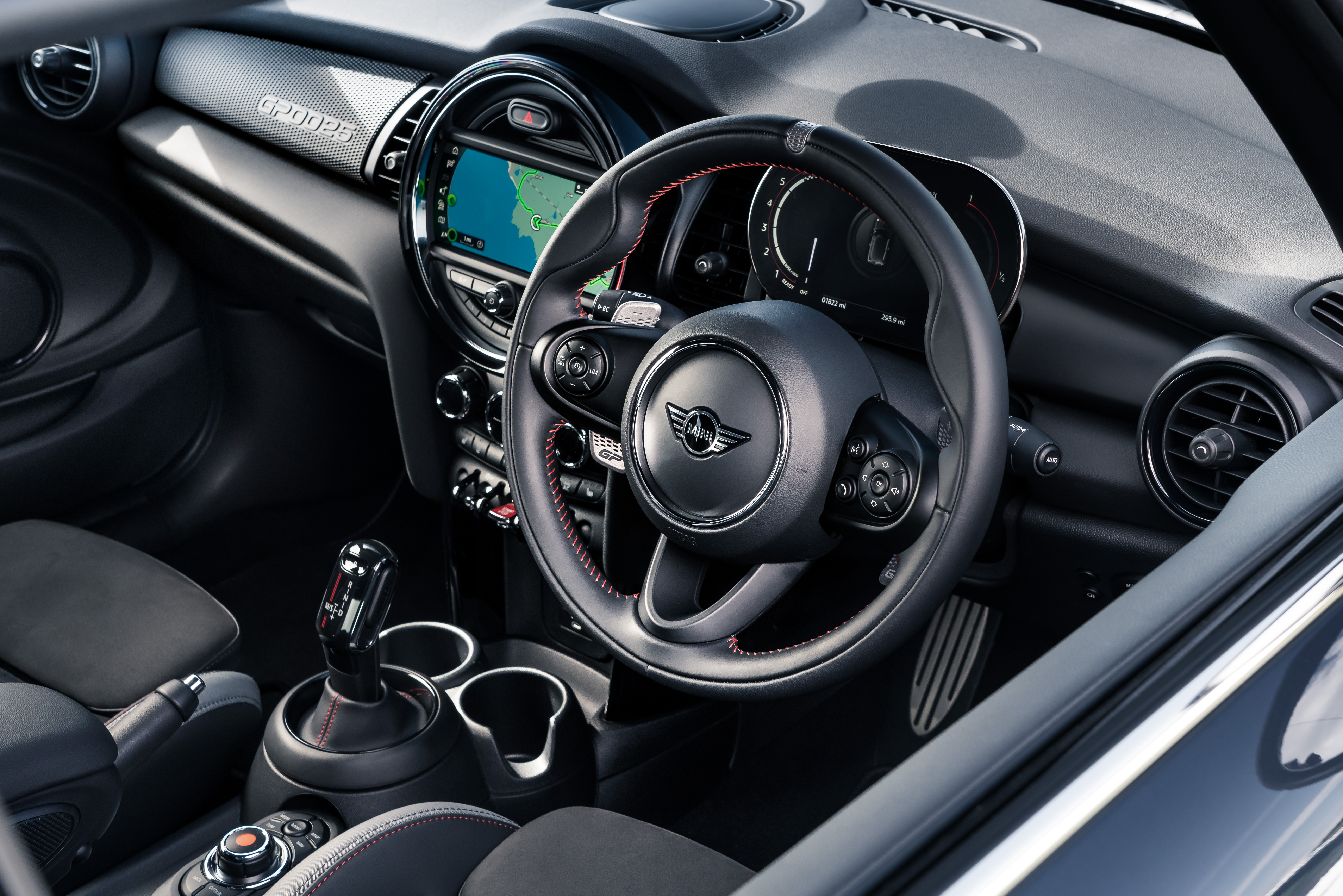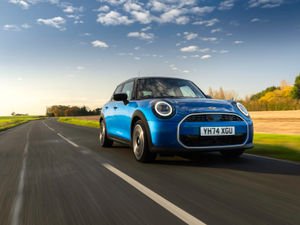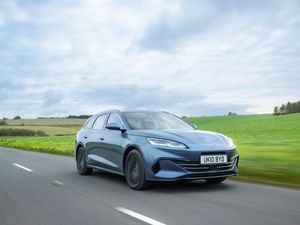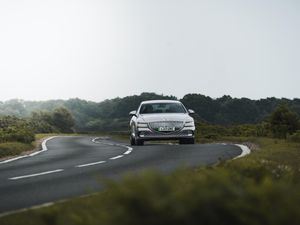First Drive: Does Mini’s John Cooper Works GP tick all of the hot hatch boxes?
The Mini GP is now in its third generation – but can it deliver the same exciting experience brought by its predecessors? Jack Evans finds out.
What is it?

>
This is the new, third-generation Mini GP. Officially called the John Cooper Works GP, this is a car which follows on from two other models which have gained a cult status throughout the UK for their uncompromising nature and track-influenced appearance.
It means that this latest GP has quite a lot riding on it. As a result, Mini has really thrown the works – if you’ll excuse the term – at this latest John Cooper Works GP in an attempt to not only fend off rivals but deliver on the reputation set by its predecessors. Let’s take a look to see if it has succeeded.
What’s new?

>
We’ve got a lot to talk about here. The GP features extensive measures to make it lighter and more agile than even the regular John Cooper Works Mini, while it’s powered by the most powerful engine the firm currently offers – but more on that later.
There’s also an exterior which takes design cues from a ten-year-old’s imagination, and a special exhaust system for a more involving sound, too.
Oh, and it’s a limited edition, too. Like GP models of old, this latest version is being produced in very limited numbers – just 3,000 worldwide, in fact, of which 575 are destined for UK homes.
What’s under the bonnet?

>
As we alluded to earlier, the GP’s engine is a mighty powerful thing. It’s a turbocharged 2.0-litre four-cylinder petrol unit developing 302bhp and 450Nm of torque which is a lot for a car of this size. It’ll take the GP just five seconds to hit 60mph from a standing start and, given the space, it’ll top out at 164mph.
Power is sent through the front wheels via an eight-speed automatic gearbox and it’s your only choice – there’s no manual on offer here.
But the GP does deliver on the efficiency stakes. It’ll return up to 38.7mpg combined – not bad for a highly-strung hot hatch – while CO2 emissions stand at a respectable 167g/km.
What’s it like to drive?

>
Moving off, it’s immediately clear that the GP has been designed with an influence from the circuit. The ride is very firm indeed, bobbling and jostling over potholes and translating a good degree of road noise through to the cabin. Gain some pace and it’s evident just how potent the engine under the bonnet is, delivering vast swathes of power right across the rev range.
But it’s a bit of a wrestle, this car. Since all of that torque is being delivered to the front wheels alone, it’s a struggle to fully put the power down without the steering being corrupted. It’s a tough job keeping the GP going in a straight line when you’re pressing on, in truth. It’s a shame, because it’s a car which is beautifully balanced through the bends and utilises steering which is nicely weighted and accurate, too.
That tramlining seems to be further exaggerated when driving in the wet – something we do rather a lot here in the UK. And while the eight-speed auto ‘box shifts smoothly in automatic mode, try and take control of it via the pleasantly weighted paddles (something you often want to do in a car as focused as this) and the shifts don’t come quite as crisply nor as quickly as you’d like.
How does it look?

>
You certainly won’t miss a GP coming past. First off there’s the huge wing, which looks almost impressively overdone when compared to other hot hatches on sale today. The wheelarch extensions – made from carbon fibre-reinforced plastic – also give the GP an uber-wide, purposeful stance, while the alloy wheels have been designed to hark back to those fitted to previous GP cars.
It’s a car which has been designed with character and that’s certainly evident when you see it in the metal.
What’s it like inside?

>
The wildness continues on the inside. The most noticeable thing is the lack of rear seats – again, something which has featured on previous GP cars – in favour of a crossbar section. Though designed to look like a strut brace (usually fitted to increase rigidity) it does, in fact, have little mechanical influence. It’s mainly there, according to Mini, to stop shopping from flying into the front of the cabin during heavy braking.
You’ve got a bit of a contradiction here in general; there are lightweight measures at play yet heated front seats are still fitted. The seats are large and comfortable and you even get Mini’s latest infotainment system. It jars slightly with the hardened, focused nature that the GP arrives with.
What’s the spec like?

>
As we’ve mentioned, the GP arrives with quite an extensive list of standard equipment. There’s dual-zone automatic air conditioning fitted as standard, as well as those heated bucket seats and all manner of red GP logos applied throughout the cabin.
All cars get a digital instrument cluster in place of the conventional dials too, while the large infotainment system is simple to operate and includes Apple CarPlay too. There are certainly enough toys on offer here to keep the most avid button-presser happy.
Verdict
The Mini John Cooper Works GP ends up feeling a touch confused as a road car. The engine is a firecracker of a powerplant, but it’s linked to an automatic gearbox which dampens the effect it has on the driver. The interior looks lean and stripped-back, but incorporates features which against the lightweight nature you’d expect from a GP model.
If Mini had fitted its own – and very good – manual ‘box to this car, it might’ve been a different story. Make no mistake, this is one extremely capable hot hatch, but it’s one which doesn’t feel as connected to the person behind the wheel as you’d like. That’s something which Mini cars have always majored on, so it’s an odd sensation to find this lacking on what should be the firm’s most exciting model to date.





